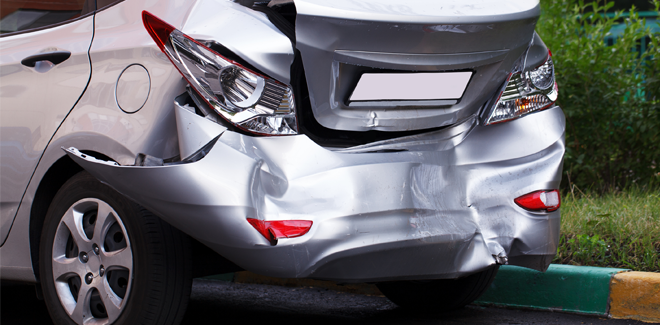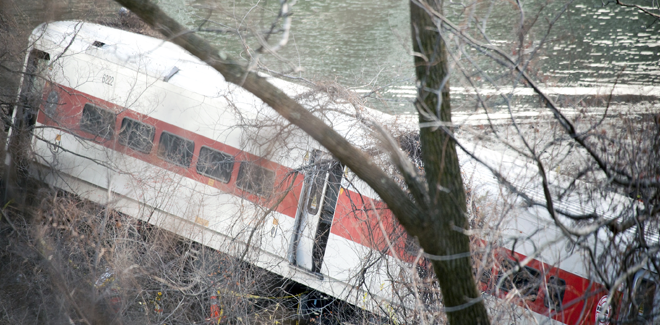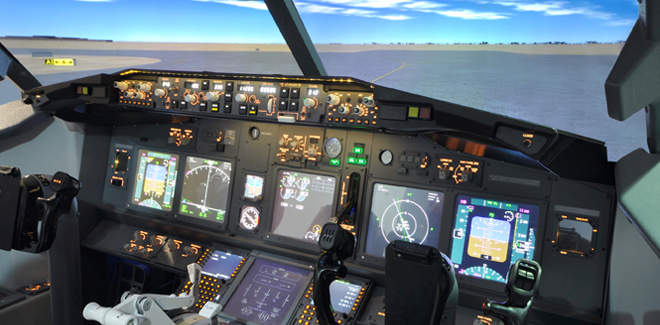
Vehicular accidents can be scary and traumatizing: the sound of the screeching breaks, the crushing metal, the glass shattering. If you survive an accident that was deemed your fault, it’s a sign that maybe you should be more careful on the road. However, if you have sleep apnea and you get into an accident, it may be a sign that you need to get serious about your disorder and start undergoing CPAP treatment. That is if you actually survive the accident. Indeed, countless evidence is mounting that shows sleep apnea may be the cause of countless deadly car crashes, train crashes and even plane crashes.
In fact, a new study was just released that shows people with sleep apnea are a whopping 2.5 times more likely to be the driver in a vehicular collision. The main reason being extreme daytime fatigue. In the study, which was published in the journal Sleep, researchers looked at data from the Swedish Traffic Accident Registry and 1,478 patients with sleep apnea. They then looked at a much larger control group of the population and compared all the data. What they found was surprising, but not shocking: people involved in car accidents were much more likely to have obstructive sleep apnea.

You can also blame sleep apnea for more than just vehicular collisions. Sleep apnea has also been linked to catastrophic train derailments. In 2014, Metro-North train engineer William Rockefeller blasted around a curve going 80 in a 35 miles-per-hour zone. The train winded up crashing, killing four people and injuring more than 60. The engineer said he felt dazed. After a sleep test, the engineer was found to have severe obstructive sleep apnea and the disorder was blamed for the accident. However, the damage had been done – damage that could have been avoided if the engineer underwent treatment.

Adding to the list, sleep apnea has also been linked to near disasters in the sky. In 2008, two pilots for Hawaii’s Go Airlines fell asleep behind the wheel – multiple passengers were on board. Although the pilots didn’t crash, they did overshoot their destination by over 15 minutes. Ground control operators assumed the worst and were about to declare a mayday emergency. After the pilots woke up, they turned the plane around and landed safely. Thanks to autopilot procedures, the passengers are alive today, but it could have been much worse, especially if the plane lost altitude. Later, one of the pilots was diagnosed with sleep apnea.
The aviation industry has been battling with how to enforce mandatory testing for sleep apnea. In 2013, the FAA put a rule in motion that required pilots with a certain BMI, or body mass index, to get tested for sleep apnea or risk having their license suspended. Pilots with a higher BMI were deemed much for likely to suffer from the disorder. However, over the last few years the Federal Aviation Administration has been learning more about sleep apnea and has recently announced new guidelines for testing and treating pilots with the sleep disorder, which factors in more than just body mass index as a tell tale sign.
At the end of the day, as sleep apnea becomes more well known, more and more commercial transportation industries are realizing that the disorder is something to contend with and not sweep under the rug as it has been in the past. For every day drivers, these lessons of aviation and train disasters should be a warning. If you have untreated sleep apnea, you are not safe behind the wheel of a car. In the recent study, which looked at Swedish drivers, researchers determined that the rates for vehicular collisions could be reduced by up to 70 percent if people simply underwent CPAP treatment. Imagine that – simply undergoing continuous positive airway pressure could save your life and possibly someone else’s life too.









